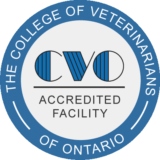UGVS Newsletter – October 2022
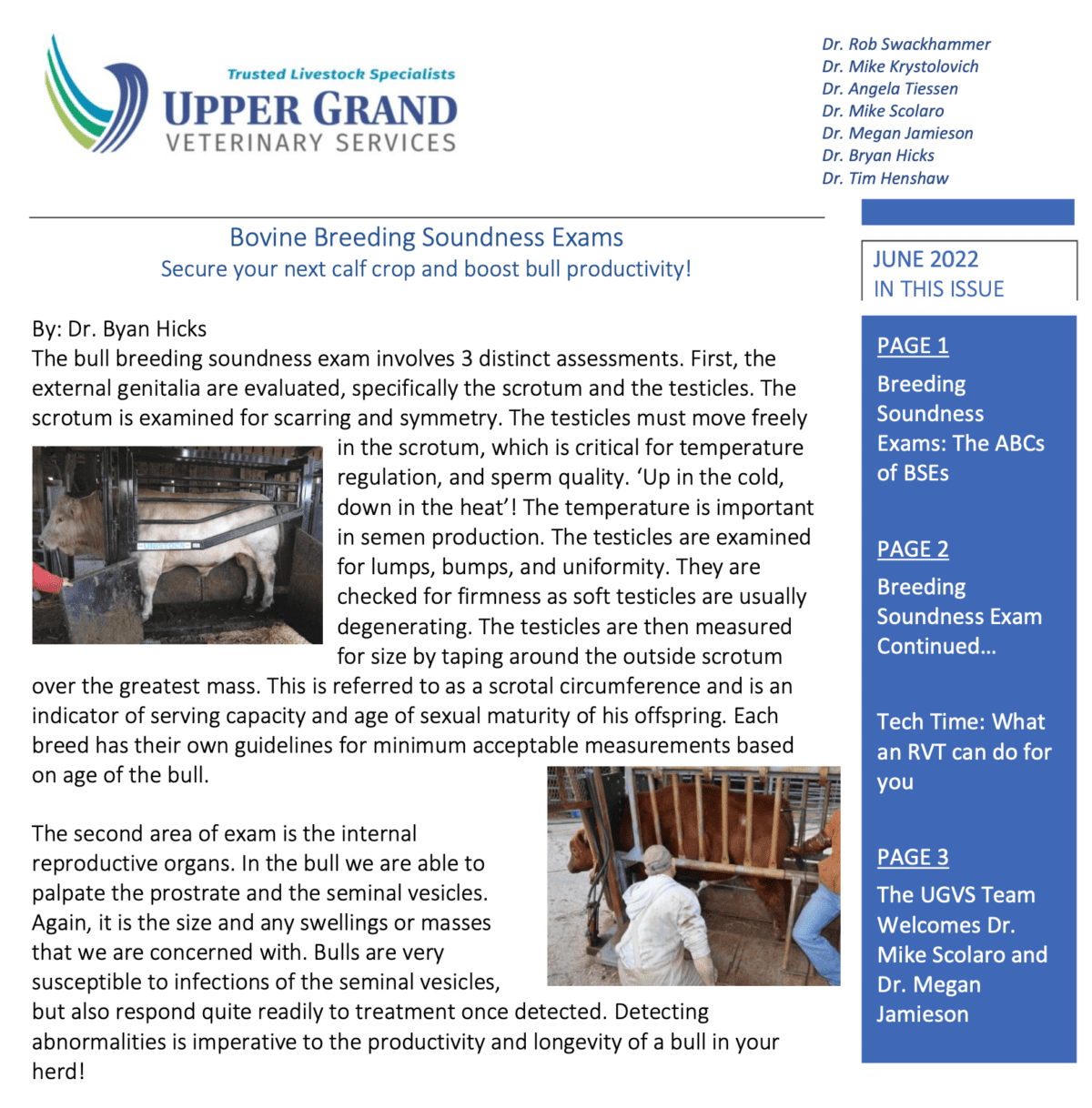
Beef Fall Processing
By: Dr. Mike Krystolovich
With autumn upon us, it is an opportune time to ensure your cows are healthy and prepared for the cold months ahead, and stocker calves are ready for sales. Here are some advantages to a veterinary visit this month
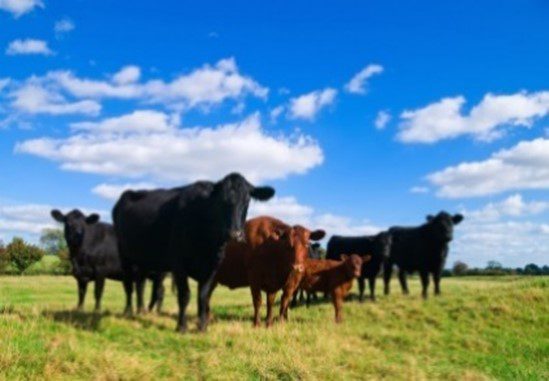 Pregnancy diagnosis of cows
Pregnancy diagnosis of cows
- simple and inexpensive, can be done 28 days after breeding
- finding open cows early will save you on feed costs and improve inventory of forages; it is often economic to cull an open cow and not compound expenses into the following breeding season
- Consider a breeding soundness exam on your bull to ensure he will be productive instead of taking a risk with time
Vaccination
- calves are vulnerable and undergo many stresses with weaning, castration, weather, shipping and going to stockyards; vaccinate for respiratory disease before these events and split up the stressors to keep calves healthy
- Vaccinated, dehorned, castrated, and dewormed calves bring better sales price
- Protect your pregnant cows from aborting or developing respiratory disease
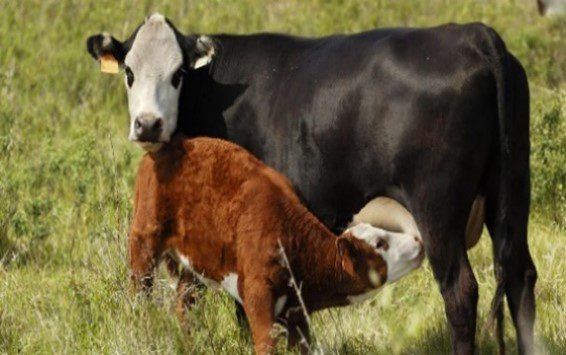 Strategic Deworming for cattle
Strategic Deworming for cattle
- Intestinal parasites have peak burdens in July/August; deworming 90% of the herd can reduce the parasite load and allow weight gain before winter, while leaving a percentage of nonresistant worms in the herd
- Parasites can hibernate in cattle over the winter and cause disease in the spring; deworming this fall can help keep cattle healthy and conditioned next spring
Dehorning/castration
- Dehorned animals are safer to handle, and prevent injuries to other animals
- We provide pain medication and local anesthetic to keep the process humane and less stressful
Call Now Before the Snow Flies!
Bovine Leukemia Virus Otherwise Known as Leukosis
By: Dr. Mike Scolaro
With DFO bulk tank results coming out, a lot of producers are surprised to find how high the prevalence of many of those diseases are in their herd. BLV (Bovine Leukemia Virus) prevalence may be particularly shocking and leaves many wondering what the implications of high seroprevalence within the herd.
Does it matter? The hard and fast of it is that each case of Leukosis is estimated to steal $635 from your bottom line. This cost results mainly from ‘silent’ loss of milk, increased culling risk, and replacement costs. Though the cost of this disease is significant, it is important to consider if BLV is the bottleneck in your herd, and whether its’ control is a top priority for management of your herd.
How is BLV spread? Any introduction of white blood cells from a BLV positive animal to a naive animal. This can come from biting flies, reuse of needles, and reuse of palpation sleeves. Other sources of transmission that aren’t as commonly thought of that may transmit the virus include saw or gouge dehorners, tattoo pliers, ear taggers, and/or hoof knives. Using fresh needles for each cow is the number one way to prevent cow-to-cow spread. However, BLV can also be spread from an infected dam to calves in the form of colostrum or milk. Colostrum replacer or use of colostrum from confirmed seronegative cows is recommended; likewise with milk; feeding of waste milk also brings high risk of transmission. Control and elimination are incredibly difficult and frustrating, often involving the testing of animals and culling of seropositive cows and heifers. New entrants to the herd need to be quarantined and test negative, making inventory management more challenging.
Is elimination of BLV realistic? For most herds the complete eradication of this virus is not economically sound or feasible. With this being said, do measures to reduce the spread and herd prevalence make sense for you? That is something for your herd management and animal health team to discuss. Actively managing BLV is a marathon, not a sprint! Talk to your herd vet about management decisions that work for your herd, and what UGVS can do to help you meet your herd’s goals.
How to Perform a Health Check on Your Chickens
By: Dr. Angela Tiessen
Backyard chickens have become increasingly popular in recent years for a number of reasons, including their low maintenance nature, and the fact that they produce a source of food close to home. Chickens are very good at hiding when they are sick, often hiding it until it is too late to treat them. This is why it is important to observe your flock daily, and check for the most common health problems.
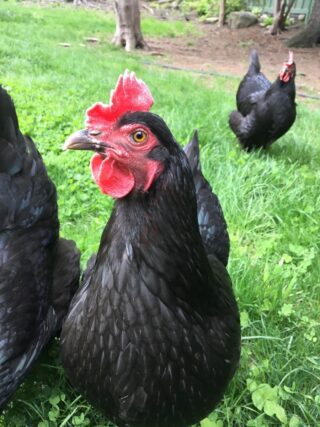
Overall health check: check to make sure your flock is exhibiting normal behaviours (eating, drinking, dust bathing, digging, etc.), and that no chickens are isolating themselves from the flock or remaining in the same spot for the majority of the day. From a distance, you can also monitor for signs of loose stool stuck to their feathers and look for changes in comb colour. The comb colour varies throughout the day, but if you are consistently seeing a pale comb or anything out of the ordinary, this can be a sign of an underlying health problem.
Eyes and beak: check for any abnormal discharge, swelling around the eyes, or squinting. These symptoms can signal an underlying respiratory disease.
Feathers and skin: look for any changes in the colour or shine of the feathers, or abnormal feather loss not associated with moulting. If you are able, part the feathers to look for any signs of mites or lice. These will be visible as small bugs present on the skin that can be seen moving around.
Legs and feet: look for any thickening of the scales or swelling on the bottom of the feet as these are signs of scaly leg mites or bumblefoot.
If you see anything that is concerning you, feel free to call our office at 519-767-9191 to book either a telemedicine appointment or farm visit to discuss your findings and come up with a treatment plan.



